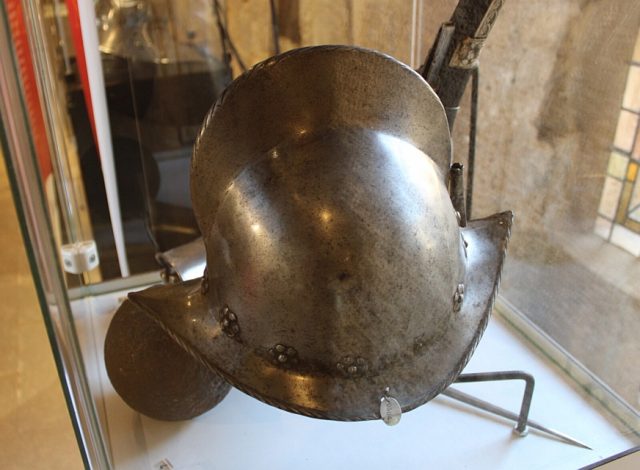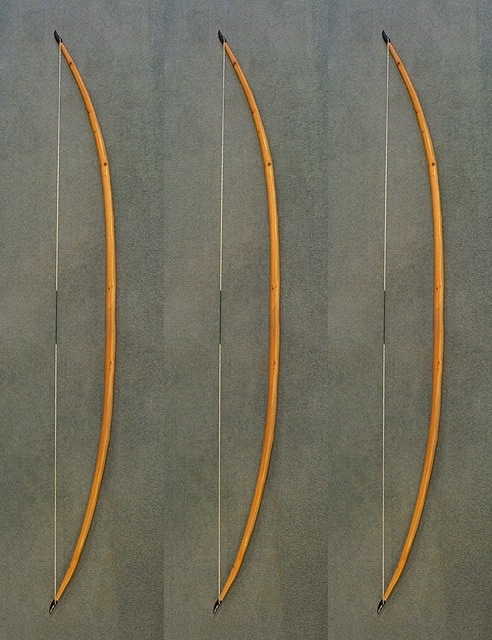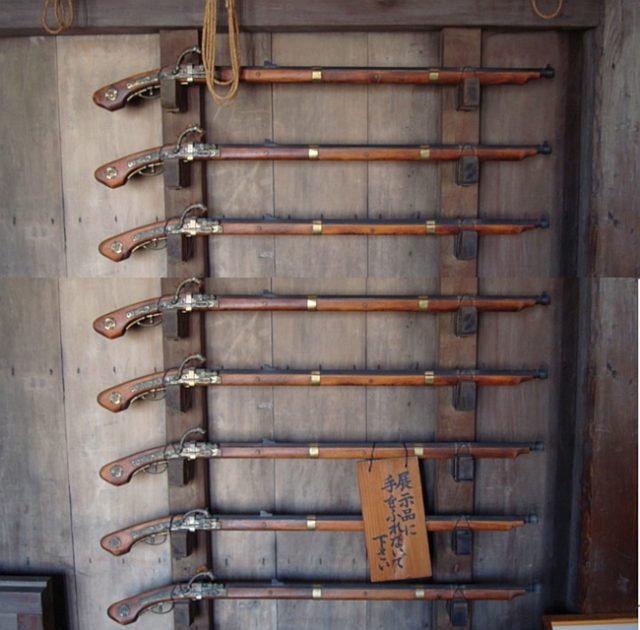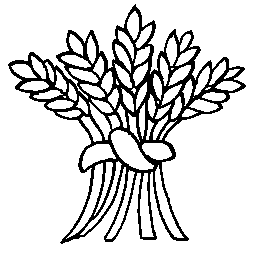Militia muster rolls listed men liable for service in local defense forces (or Militia), which were often organized by the county’s Lord Lieutenant.
Before 1757 Tudor and Stuart musters were less like a census and more focused on those who actually served. After the 1757 Muster reform the records became more consistent with lists often noting infirmities, occupations, and later, ages and number of children.
Militia Soldiers
Local militia would consist on a number of armed men such as harquebusiers, billmen, pikemen and archers.

Harquebusier
A harquebusier was a soldier armed with a harquebus (a carbine-style gun), an early form of firearm. In some cases a Harquebusier is a mounted solder with a harquebus, a pair of pistols, and a sword, and wearing armor such as a cuirass and helmet. They were a form of cavalry that fought from horseback, unlike dragoons who would dismount to fight as infantry.

Pikeman/Billman
An infantryman who carried either a pike (pikeman) or a bill (billman) as his main weapon. A pike is a long thrusting spear that usually required both hands with a length of five plus meters (fifteen to twenty feet). A bill is an agricultural implement used for trimming tree limbs, which was repurposed for use as an infantry polearm.

Archer
An archer was an infantryman armed with an English longbow (or English bow) and a skilled archer could fire a light arrow over 400 yards (370m).
Militia Armour
A local militia was expected to supply thier own armour.

Corslet
A piece of defensive armor for the torso, including the chest and back consisteing of two plates connected by hinges and pins and was popular as light-half-armor in the 16th century.

Almain Rivet
A type of light, mass-produced plate armor, first developed in Germany (Almain). It was known for being inexpensive and featured overlapping plates connected by sliding rivets, with articulated thigh-guards (tassets) and shoulder-protectors (spaulders).

Morion
An open-faced combat helmet often worn by common soldiers and infantry. It is characterized by a flat or downturned brim and a prominent crest running from front to back, which helps deflect blows
Militia Weapons
Like armour, a militia was expected to provide their own weapons.

English Longbow
A bow is typically as tall as or taller than the archer, around 6 feet (1.8 meters) or more made from a single stave of wood, most commonly yew, sometimes elm, ash, or hickory were used. It was shot with the arrow resting on the archer’s hand, as there was no arrow rest and specialized arrows with tips like “bodkins” for piercing armor.

Pikes and Billhooks
A pike is a long polearm with a wooden shaft and a steel spearhead and were typically 10 to 20 feet long (3-7 metres), and normally deployed to form a barrier to protect ranged soldiers like musketeers or archers. A billhook is a polearm adapted from an agricultural tool.

Arquebus or Caliver
A harquebus (or arquebus) is an early muzzle-loaded shoulder-fired firearm that fired a lead bullet using gunpowder. It was one of the first firearms to be fired without a supporting stand by holding it to the cheek. A caliver was a smaller and lighter version of the musket that was easier to handle had a standardized “calibre,” or bore size.
West Worlington Muster Roll 1569
The following West Worlington Parish muster role of 1569 is transcribed verbatim from the original document and shows the name and skillset of all able bodied men within the parish. Included in the muster role are the types of armour to be funded by the militia along with two Mils Compasses (marked in millradians rather then degrees).
WEST WORLINGTON PARRISHE
Presenters sworen : Austin Ware, William Clotworthy
Who do presente as bifforsaid And that Lewes Stucley Esquyre hath one parke of 2 myles compas etc furnished accordinge to the statute etc
Lewes Stucley Esq L 5 George Morishe 1 caliver,l morion
The Inhabitants not particlarlie chardged by the Statute are acessed to fynde etc 1 corslet, 2 almen rivets, 3 murrions, l caliver
The names of all thabell menne within the saide parishe of West Worlington mustered
| Archers | Lewes Battyn | Robert Blackmor | John Blackmor | Hugh Blackmor |
| Robert Ware | George Morrishe | Alexander Gatton | ||
| Harquebusier | John Whitehed | |||
| Pikemen | John Gallen | Henry Flatcher | William Clatworthye | John Mugford |
| Billmen | John? Wilwaye | Thomas Gallen | Thomas Drake |
The following original image is courtesy of the Devon Record Office.

Return to 'Historic Documents'
